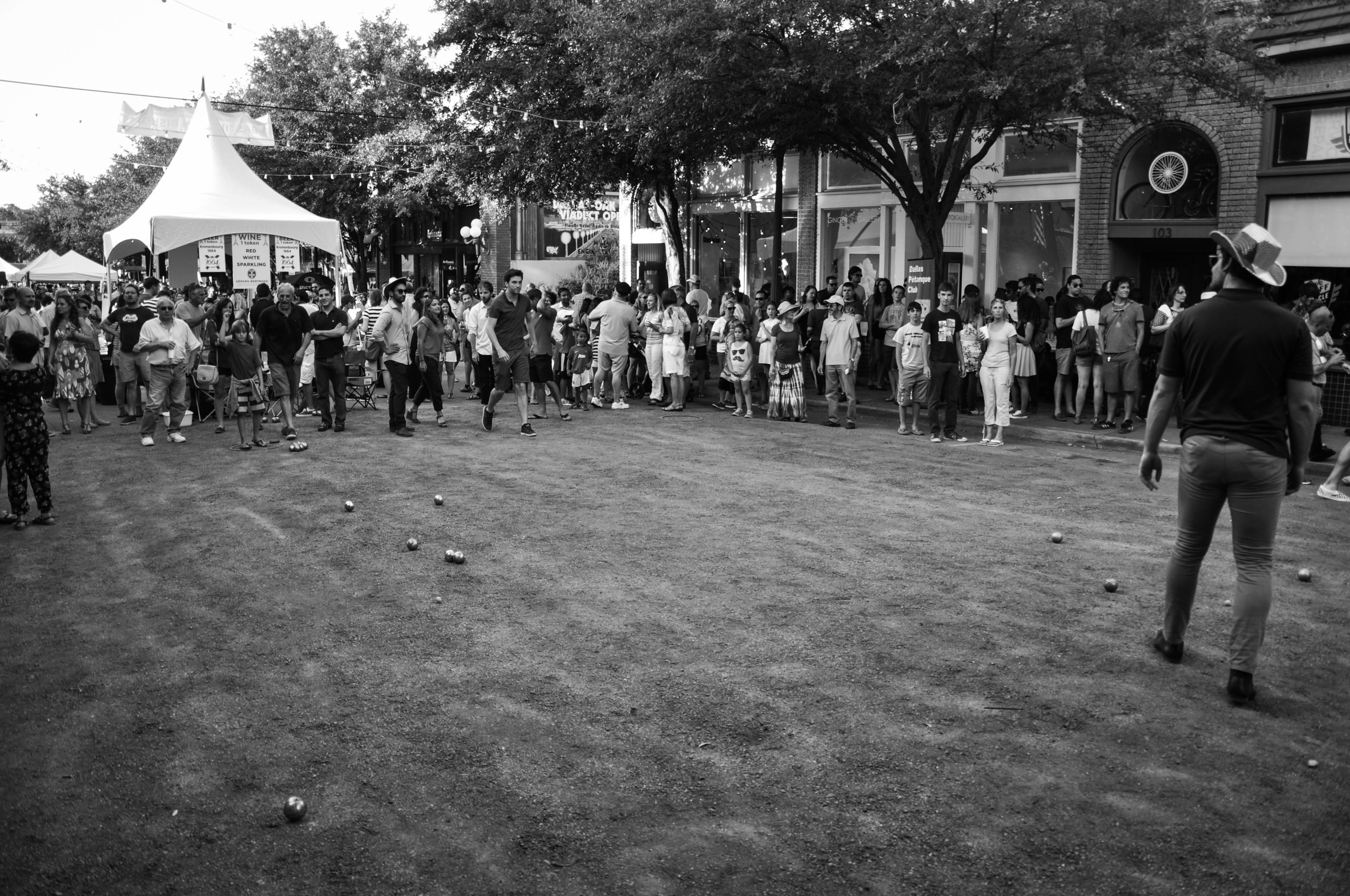Brian Halsell, Studio Outside Associate. Little Bluestem photo by Alexschott / CC-BY-SA-3.0
Schizachyrium Scoparium, also known as Little Bluestem, is a tall grass that thrives in prairie environments ranging from Canada to Mexico. It also happens to be Studio Outside Associate Brian Halsell’s favorite plant.
What exactly makes this plant unique?
“It’s drought tolerant, a good erosion control plant, a Texas native and provides an interesting look for up to 11 months out of the year,” Halsell said.
Halsell specifically appreciates the many benefits to wildlife including food, cover and nesting areas. Cattle and wild animals graze the plant, which provides seeds to birds and small mammals. In addition, the plant also hosts several skipper butterflies.
The grass is also an eye-catching plant that changes appearance with the seasons. In full sun, Little Bluestem turns an icy blue in the summer and a rust to mahogany in the fall and winter. Also, the complete seed heads, or inflorescence of the plant, showcase a striking cotton tufted appearance in the beginning of fall.
Its look gives the grass a distinctive quality; however, Little Bluestem is not alone in occupying prairie landscapes. It is one of the big four grasses of the Texas Blackland Prairie, the ecoregion where Dallas resides. Indiangrass, Big Bluestem and Switchgrass are the other grasses in the big four.
Little Bluestem's striking coloration is shown all year long. Photo by Greg Kramos / CC-BY-SA-2.0
Among the prairie grasses, Little Bluestem grows 18 inches to 30 inches in height. To best maintain and take care of the plant, Halsell recommends giving the grass little to no water and cutting it back in early spring to about 6 inches above grade. With the ability to look pristine with little maintenance, Little Bluestem doesn’t always get the acclaim it deserves.
“The grass is underutilized because of the reputation native grasses receive of looking too wild or weedy, especially in Dallas where evergreens are popular, “ Halsell said.
Halsell, however, realizes the beauty of Little Bluestem and the aesthetic qualities the grass brings to landscapes. This is why he incorporates the plant in mass big drifts and has highlighted the grass in various projects at Studio Outside.
Some Studio Outside projects that feature Little Bluestem include Dogwood Canyon Audubon Center, Austin Ranch Phase 6, Valley Ranch Canal Restoration and 1400 Hi-Line.
READ MORE:
Little Bluestem - Native Plants Society of Texas
Clymer Meadow Photos (Blackland Prairie) - Sean Fitzgerald Photography























